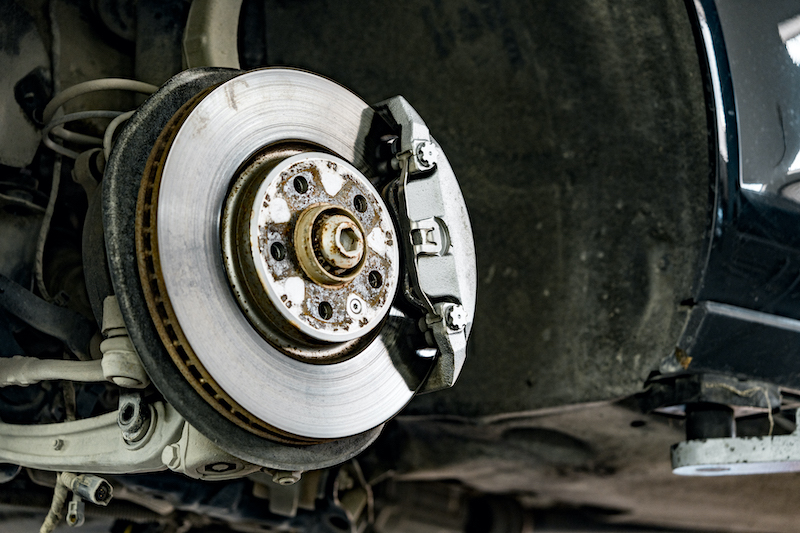What is Brake Fade: Understanding its Causes and Solutions
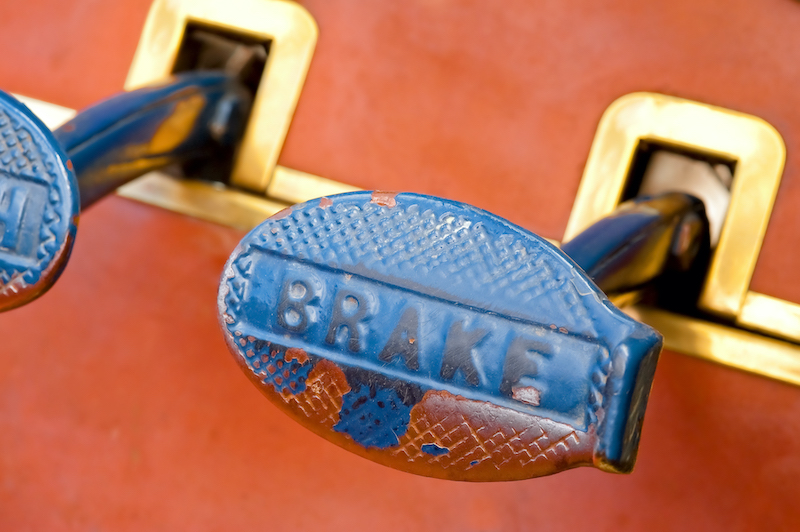
Ever heard of brake fade? It’s a critical yet often misunderstood phenomenon in car engineering, but not everyone knows about it. Whether you’re a car enthusiast, a casual driver, or a professional mechanic, understanding brake fade can help you ensure your vehicle’s safety and performance.
So, what is brake fade exactly? Well, it’s when your brakes start to lose effectiveness after prolonged or demanding usage. This can be a major problem because your car might not stop as quickly as it should, affecting the safety of yourself and those around you.
In this blog, we’ll delve into the causes behind brake fade, exploring factors such as heat buildup, fluid boiling, and mechanical limitations. Moreover, we’ll discuss the various types of brake fade and how they can affect different vehicle systems.
We’ll also explore effective solutions and preventive measures to avoid brake fade, ensuring safer journeys and prolonging the lifespan of your braking components. Let’s dive in and talk about brake fade so you can keep your vehicle’s braking system in good condition.
What is Brake Fade?
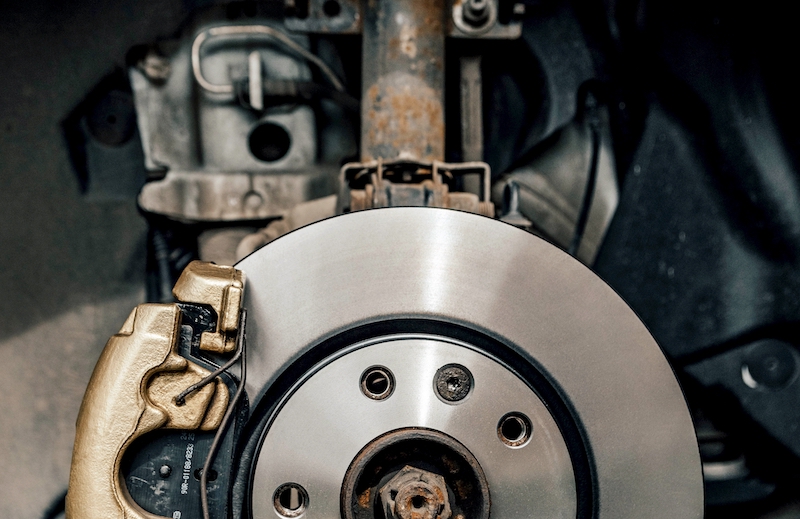
Brake fade is a phenomenon in which the braking system of a vehicle loses its effectiveness over time or under demanding conditions. This happens due to the build-up of heat in the brakes, which reduces friction between the brake pads and rotors.
As a result, your car will not slow down like it’s supposed to, and you might find yourself needing more distance to stop, which isn’t reassuring when you’re on the road.
Brake fade can show up in different ways, from a temporary hiccup in your braking power to more serious and lasting brake issues. Either way, it’s not something you’d want to ignore.
There are two main types to watch out for: green fade and dynamic fade. You might encounter green fade when you first install new brake pads and discs. During this initial period, they create a green film due to the heat and pressure, which can temporarily reduce the friction.
Dynamic fade occurs due to intense or prolonged braking. As your brakes overheat, they become less effective at slowing you down. Dynamic fade can further be categorised into mechanical fade, where the brake system’s mechanical components degrade over time, and fluid fade, which is caused by the boiling of brake fluid due to excessive heat.
By understanding why brake fade happens and what it means for your car’s safety, you can keep yourself and your passengers safe and ensure that your car stops when you need it to.
How to Recognise the Symptoms
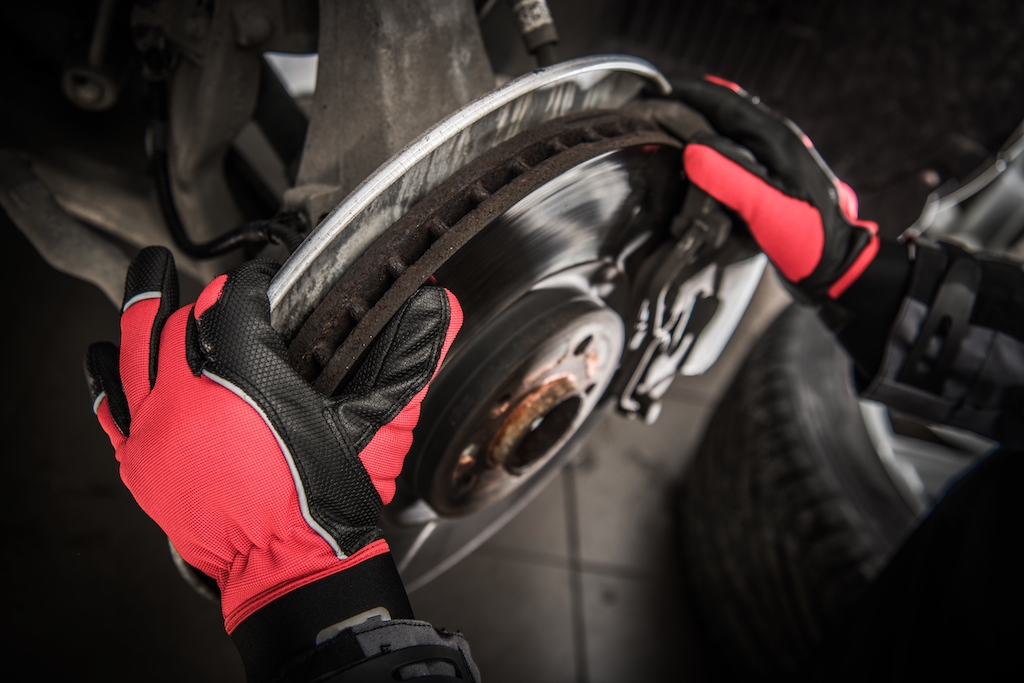
Knowing when your brakes are acting up is crucial for keeping yourself safe on the road. There are a few signs that could mean you’re dealing with brake fade.
Firstly, if you notice that your brakes aren’t slowing you down like they used to, or if the brake pedal feels spongy or soft under your foot, that could be a red flag. Additionally, if you find yourself pressing down harder on the pedal to get the same stopping power, that’s not normal and could be a sign of brake fade.
Moreover, strange noises like grinding or squealing when you hit the brakes could mean trouble. If your car seems to be taking longer to stop, or if you’re feeling vibrations through the brake pedal, those are further signs that something’s not right with your brakes.
By paying attention to these warning signs, you can identify brake fade early on and get it fixed before it becomes a serious problem and compromises your safety on the road.
Tips for Preventing Brake Fade
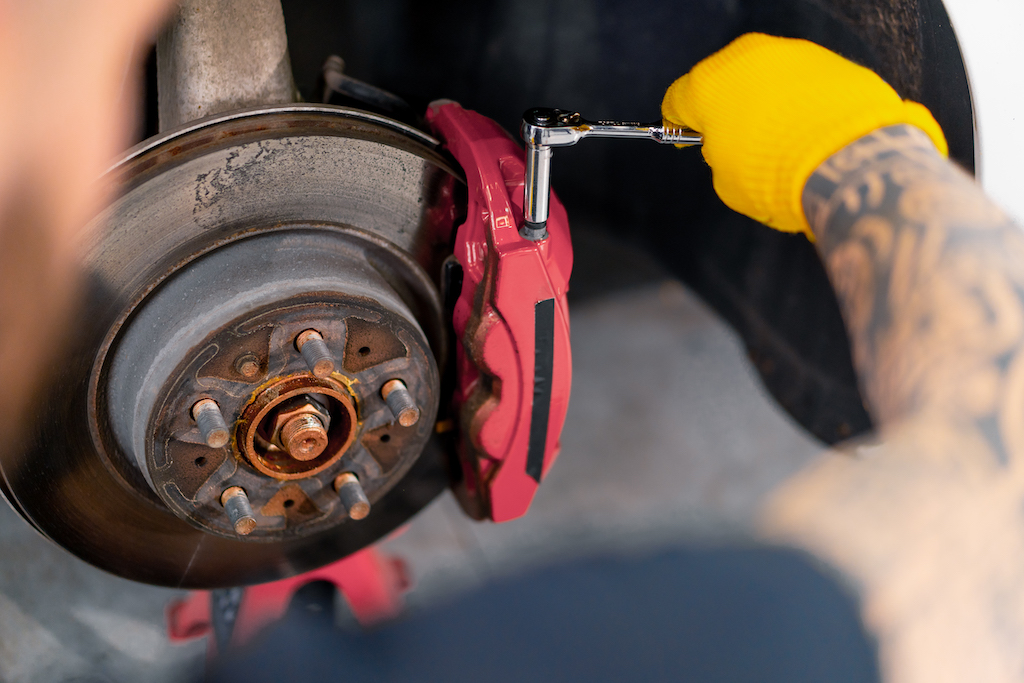
Keeping your brakes in excellent condition is important for staying safe behind the wheel. Firstly, you need to invest in good-quality brake parts that can handle the heat and will not fade on you when you need them most. That means getting the best brake pads and fluid that are built to last.
Regular check-ups can also help you keep an eye on your brakes and replace any worn-out parts before they cause brake problems. Additionally, try not to push your brakes too hard for too long – in traffic for instance, give them a break whenever you can to stop them from overheating.
With properly ventilated brakes, well-maintained cooling systems, and the right driving techniques, you can prevent brake fade and keep your journeys safe.
Solutions and Upgrades for Enhanced Safety
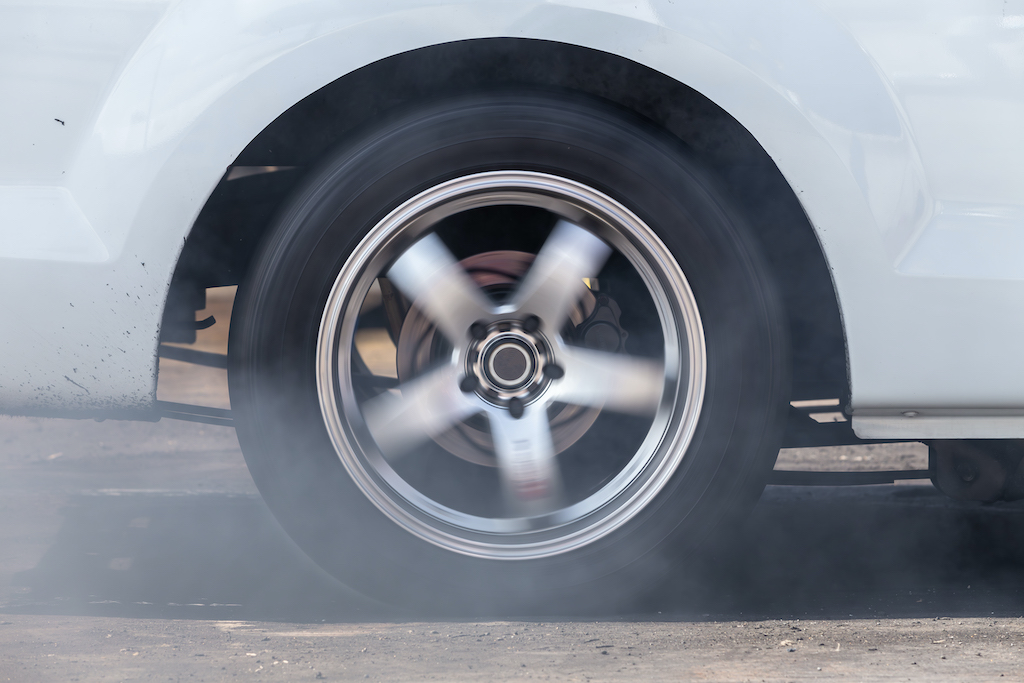
You could start by upgrading to brake pads and discsrotors that are designed to handle higher temperatures. This can significantly improve your braking performance and reduce brake fade.
You could also install brake cooling ducts or upgrade to larger brake callipers and discs to enhance heat dissipation, which would reduce the risk of brake fade during aggressive driving. Moreover, you can use high-quality brake fluid with a higher boiling point and flush your brake fluid regularly to maintain consistent braking performance.
Lastly, having advanced systems like ABS and ESC can add an extra layer of safety by stopping your wheels from locking up and helping keep your car steady when you hit the brakes hard.
To Prevent Brake Fade and Other Brake Issues, Choose Online Automotive’s Car Parts
If you’ve experienced any signs of brake fade or any other brake problems, our car parts can help with your repairs!
At Online Automotive, we offer a comprehensive selection of high-quality replacement parts, carefully curated to meet your car repair needs. Our competitive prices also ensure that you get the best value for your money.
With expert product descriptions and responsive customer support, we strive to make your shopping experience seamless. Trust us to be your reliable partner in the world of DIY car repairs, ensuring that all your journeys are convenient and hassle-free.
Explore our range of products and get in touch with us today!




